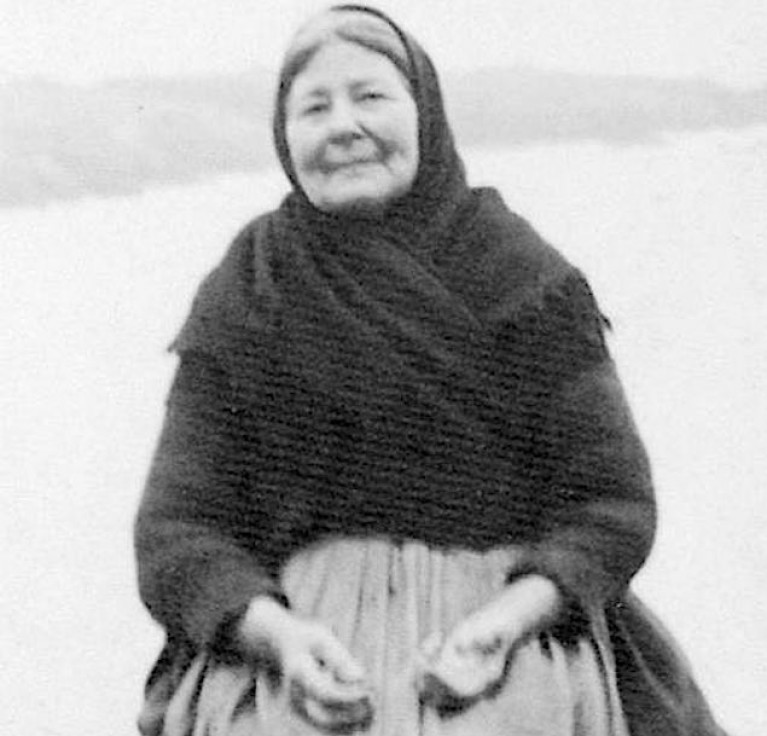Displaying items by tag: Peig Sayers
Blasket Islander Peig's More "Flirtatious" Side in New Collection
As if there wasn’t enough Kerry sadness with Fungie’s disappearance, along comes Peig Sayers...
As The Sunday Independent reports today, a newly published collection of stories by one of the Great Blasket’s best-known residents shows her “grámhar or more flirtatious side.
The new dual-language publication, entitled Níl Deireadh Ráite/Not the Final Word, is published by New Island Press.
It has been collated by Dr Pádraig Ó Héalaí of NUI Galway (NUIG)and the late Prof Bo Almqvist of University College Dublin (UCD) and includes recordings of Sayers on audio CDs.
A woman who liked a sup of whiskey and was a feminist of her time, Sayers is still synonymous with nightmares among past generations of secondary school students who studied her autobiography, Peig.
“The image of her created by the text on the Leaving Certificate curriculum was unfortunate, as it didn’t give a good indication of the woman she really was, “ Dr Ó Héalaí says.
A tale of a woman who had a child with a merman, and other stories which showed a more open, complex and often defiant character, are among the accounts gathered.
Ó Héalaí and Almqvist drew on remastered recordings by the Irish Folklore Commission, which were taped in 1952 when Sayers was being treated for cancer in St Anne’s Hospital in Ranelagh, Dublin.
The two men had published a previous collection, entitled Labharfad le Cách / I will Speak to you All, over a decade ago. This work referred to BBC, RTÉ and UCD archives of Sayers’s stories – now translated into many languages including Esperanto.
Sayers, who died in 1958, was born near Dún Chaoin and married a Blasket islander Pádraig Ó Guithín. The couple lost five of ten children – three in infancy, one of measles, and their teenage son Tomás died when he fell down a cliff.
Although she knew much poverty and hardship, she was well able to have a laugh, was “interested in lads”, had an emerging sexuality and a gift for language which included being able to utter a “good curse”, Ó Héalaí adds.
The stories are “not all entertainment” as one very touching account is of a farming couple whose three children all died young, and were helped in their grief by a story from a stranger, Ó Healái says.
Four of Sayers’s surviving five children emigrated to the US, and she related her autobiography – published in Irish in 1936 - to Maidhc, the only one who stayed at home.
Fellow folklorist and sean nós singer Lillis Ó Laoire of NUIG’s school of Irish says the new release deserves to be a “Christmas bestseller”.
Sayers’s warmth and humour and ability to be “sexy” are well reflected between its pages, he says – noting that one of the great “myths” is that her biography was compulsory for Leaving Certificate Irish.
“It never was – it was up to the individual teachers to select texts,” Ó Laoire says.
“There are about 5,000 pages of manuscript in the Irish Folklore Commission, so this is only touching on what is still there,” Dr Ó Healaí explains.
“Hence the title of the book!”
Níl Deireadh Ráite/Not the Final Word (New Island Press) is on sale for €25
Read The Sunday Independent here























